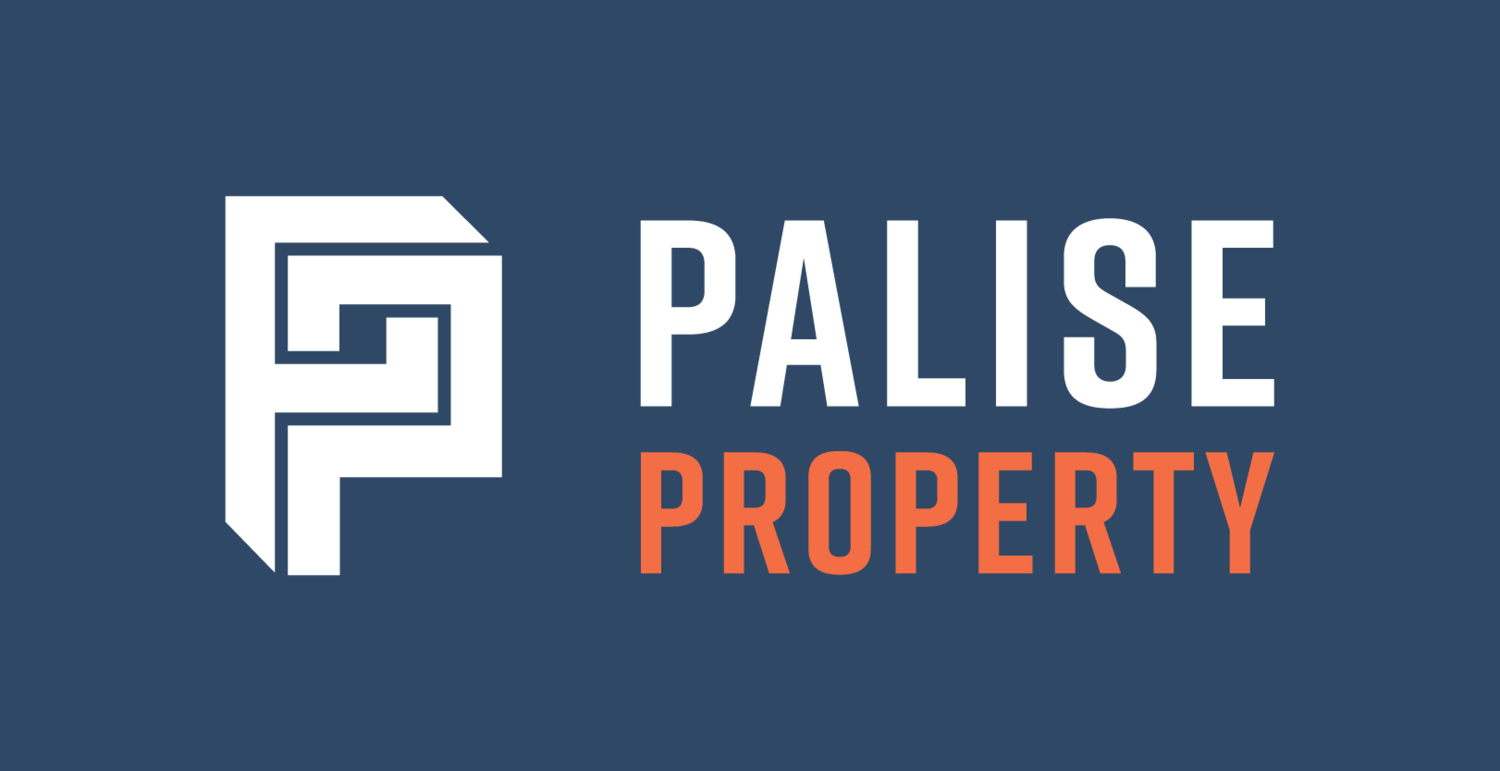The Search Is On: Ways to Tackle Your Property Search
After researching and determining the general locations and types of properties you’re interested in, you can start looking at properties in your price range.
In a cold market, you can also look at properties that are, say, $50,000 more than your price range, as you may be able to negotiate that down, or the price may drop if the property doesn’t sell.
But, in a hot market, you will likely have to do the opposite and lower your search budget.
It’s unlikely that you’ll find a property that you consider 100% perfect; the aim is simply to find one that meets your criteria as closely as possible.
Basically, there are two main ways to tackle your search: on-market sales and off-market sales.
Here’s what you need to know about how these search methods differ.
On-Market Sales
"On-market" properties are listed publicly and available to view via the traditional advertising pathway.
There are three basic ways to find these properties:
Real estate websites
Real estate agents
Buyer’s agents
If you establish good relationships with real estate agents in regions you favour, they’ll contact you about potential properties.
For example, if you engage a buyer’s agent, they will have existing relationships with selling agents.
When using real estate websites, you can speed up your search by applying filters for location, budget, and property type.
The map view on these websites is a good way to choose a location and shows how many similar properties are available in the area for sale.
As you probably already know, this aspect of property investing can be extremely time-consuming.
My tip is to make a short list and narrow it down to a few areas and the specific property types you’re interested in to prevent you from getting an overload of properties, and from there, you can then choose a few to visit and make an offer on.
Here are some recommended resources for your property journey:
Realestate.com.au and Domain.com.au are the two largest property websites in Australia, where most real estate for sale or rent across the country is available online. They allow you to keep updated with what has recently sold in your tracking areas.
CoreLogic is Australia’s most comprehensive source of property data and analytics.
Walk Score shows the walkability of a property or location and ranks the location compared to others in the suburb and state.
QuickStats is a fast, simple way for users to understand an area at a glance. Provided by the ABS, it’s intended for anyone who wants quick summary information about an area and can be very helpful when creating a short list of potential investment locations.
SQM Research is a respected Australian investment research house headed by Louis Christopher. It specialises in providing ratings and data across all major asset classes.
.id (which stands for ‘informed decisions’) provides a wealth of demographic data by suburb and demystifies the latest census data.
McCrindle Research, run by demographer Mark McCrindle, provides some insightful infographics.
Microburbs provides free reports, including neighbourhood demographics, commute times, schools, crime rates, income levels, etc.
Suburb Trends offers some excellent suburb maps and reports. Many are free, but other reports and data must be purchased.
The Reserve Bank of Australia produces a chart pack of useful graphs and statistics.
Off-Market Sales
"Off-market" properties are sold without advertising; you won’t see them on real estate websites.
A good way to find off-market properties is to develop good relationships with sales agents, perhaps after you’ve made an unsuccessful offer on a property.
Another way is to engage a buyer’s agent.
I am biased, but I recommend buyer’s agents because they will know many ‘secret’ off-market properties you wouldn’t have access to, and they have fantastic databases and networks.
To find off-market properties and build relationships with agents, first build an email list of agents that sell the type of property you are looking for in the area where you want to buy.
Then, send the same email every week to stay on their radar. In the email, include:
Your name
That you are finance-approved
What you are looking for (e.g. a major renovation project)
Specifications (square metreage, number of bedrooms, etc.)
Suburbs (list a maximum of three)
Budget
The process for negotiating an off-market sale will usually be the same as for a fixed-price listing, with communication via the sales agent or buyer’s agent.
Note that just because the property is off the market doesn’t mean it’s better valued; your due diligence process will remain the same.
Key Takeaways
In the end, what you should focus on is not only the way you go about your property search but the end result.
The number one thing to keep in mind is that everyone's journey looks different, and there is no one-size-fits-all approach, so make sure to find the strategy and tactics that are tailored to your individual needs.
If you're interested in investing in residential property, I’ve written this easy-to-read guide that provides a thorough overview of the process of investing in residential property.
“Residential Property Investing Explained Simply” covers a wide range of topics, from understanding the factors that can impact the value of a property to the ins and outs of property investment.
Alternatively, if you want to know how I’ve helped investors acquire a range of residential properties, feel free to reach out today.
